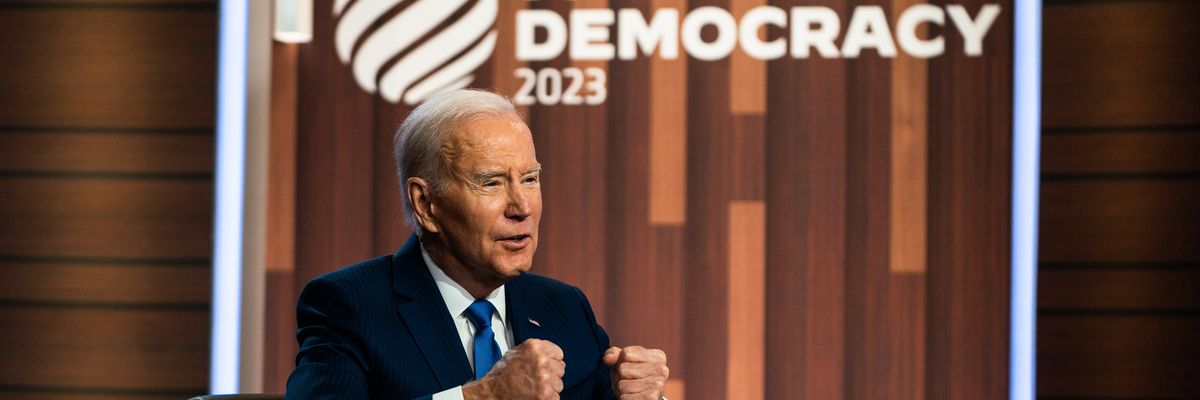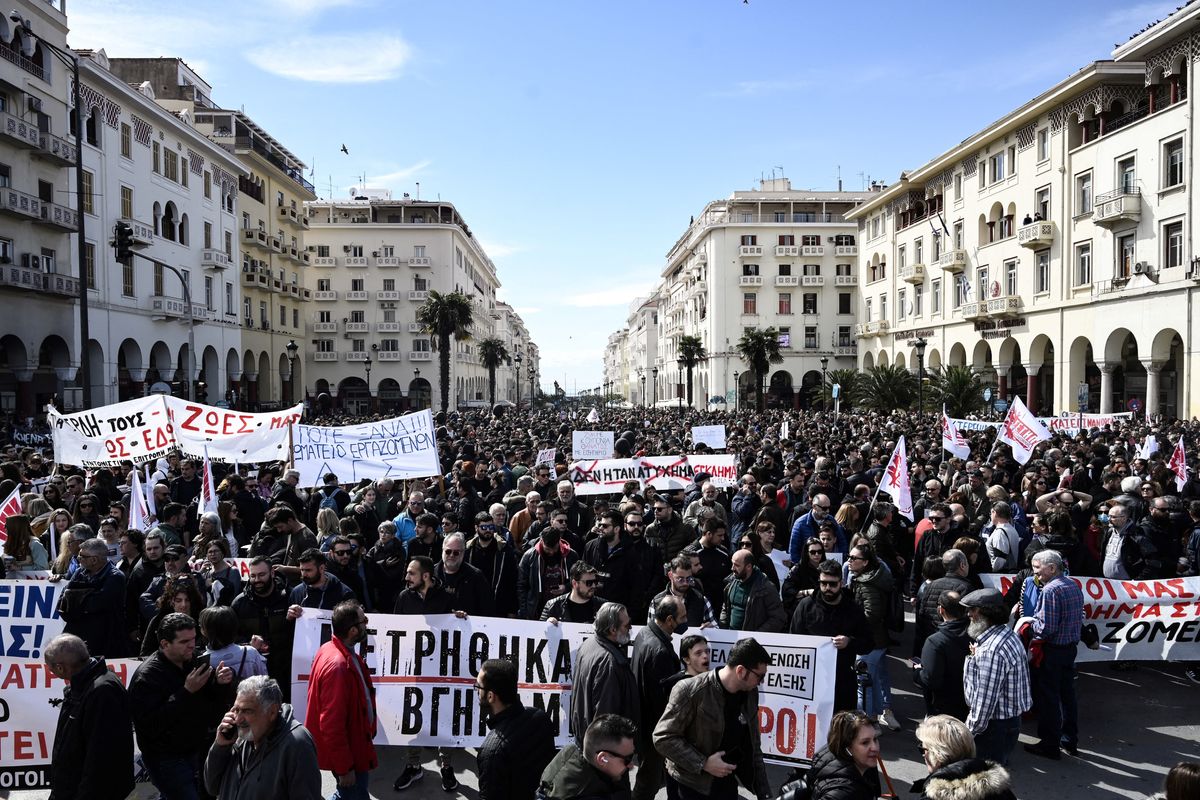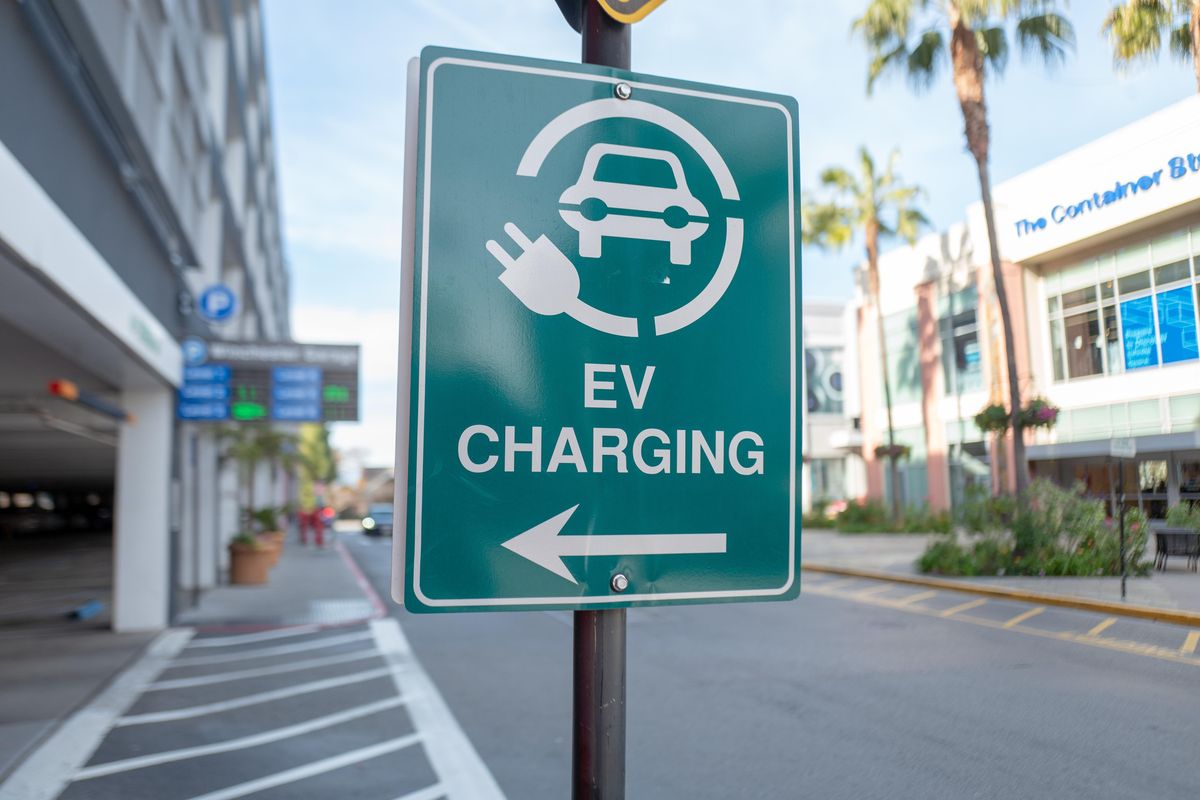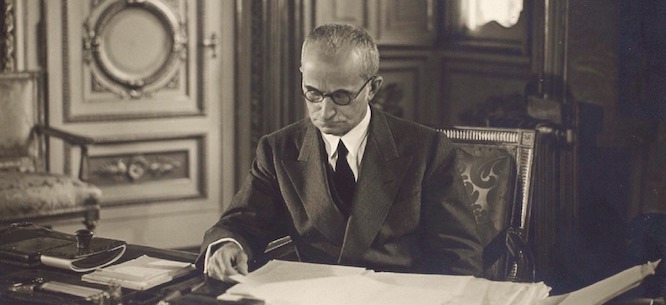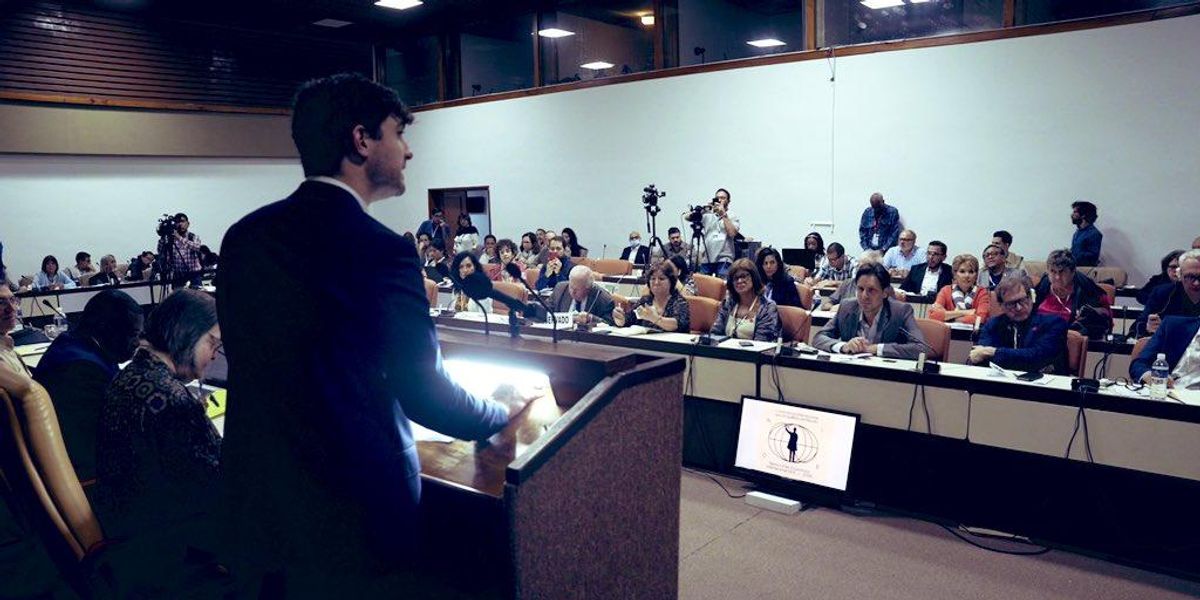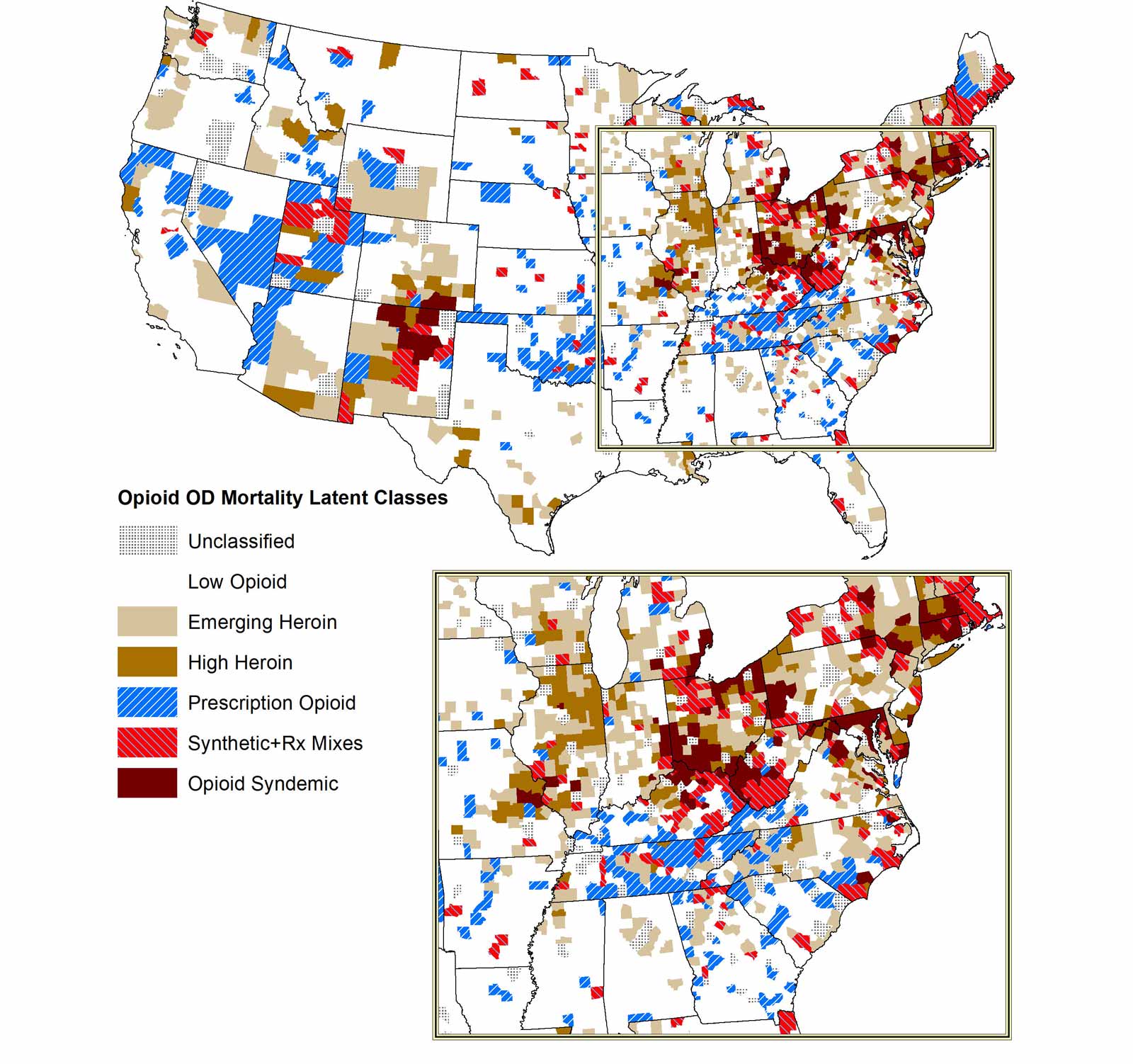 The Alliance for Global Justice sent out an invitation to apply for “Women In Nicaragua: Power & Protagonism” Jan. 7-16, 2023. How did this nation close the gender gap by 80% in just 15 years? Three women who had met in the Green Party decided to find out. We were accepted as delegates on the brigade and flew in from California, Florida, and Virginia.
The Alliance for Global Justice sent out an invitation to apply for “Women In Nicaragua: Power & Protagonism” Jan. 7-16, 2023. How did this nation close the gender gap by 80% in just 15 years? Three women who had met in the Green Party decided to find out. We were accepted as delegates on the brigade and flew in from California, Florida, and Virginia.
From the Sandino International Airport, it’s a short ride to Casa Benjamin Linder, a charming retreat graced with hammocks, a hot tub, and inspiring murals. Linder was a young engineer and activist, the first US citizen killed by US funded Contras in 1987 while bringing electricity to mountain villages. We stayed in the Rita Clark room, named for the mother of Jill Clark-Gollub who volunteered expert simultaneous translation.
Our first briefing began with BREAKING NEWS. According to a Gallup Poll, Nicaraguans are among the happiest people on earth! Despite being in the second poorest nation in the hemisphere, 73% always feel at peace, nearly twice the global average and first worldwide. Why? Read on!
Nicaragua has 6,733,761 people on 130,373 sq km with 153 cities/towns.
Becca Renk, our gracious tour guide, is from the US and has lived in Nicaragua for 20+ years, raising her children there while working with the Jubilee House Community and Center for Development in Central America. Our packed agenda went without a hitch thanks to her skills and the spirited cooperation of 19 fellow delegates, aged 10 to 80 from diverse walks of life.
Day 1: San Pablo Apostle Community Church. We attended a service and lunch with parishioners. Adjacent to the church is their school, and the Hugo Chavez soccer fields.
We saw churches everywhere. There are frequent religious processions. Freedom of religion is alive and well in Nicaragua. Liberation Theology was a crucial ally in the 1979 Sandinista Popular Revolution. However, in allying with elites and US capitalists, some traditional, dogmatic Catholic leaders brutally persecuted those who helped the poor and bucked the system. Their corruption surfaced again in the failed coup of 2018. 222 lawbreakers (including some former Sandinistas who were proven to have sabotaged the government via roadblocks, murder and even torture) were tried, convicted, imprisoned, and recently released to the US.
Historic National Park. We took in spectacular views of the city from the foot of a giant metal silhouette of Augusto Sandino, Managua’s most famous landmark, atop a volcanic hill so high that it’s visible from all over the city. This was once the site of the Casa Presidencial where Sandino was lured for a peace conference, a ruse. Shortly after he drove out the occupying US Marines, Somoza (trained in the US) had him killed in 1934. The Somozas then ruled brutally for 42 years. The Frente Sandinista de Liberacion Nacional (FSLN) inherited a broken nation in 1979, yet accomplished much when in office, but Ronald Reagan’s Contra War killed ~50,000 people. Contras committed far more than 1300 terrorist acts (with CIA help) so, in desperation, voters elected right-wingers in 1990 who falsely promised peace. Before departing, Sandinistas erected the towering silhouette. (Sixteen years of neoliberalism then ravaged the nation, so the FSLN was re-elected in 2006.)
National Museum & Park. Sunshine! Becca made a cart vendor’s day by treating us all to ice cream. Many historical displays, statues of heroes, and amazing art. Sandino is the national hero, father of the Revolution. Nicaragua also honors many other brave martyrs including FSLN co-founder Carlos Fonseca and poet Ruben Dario.
Day 2: Ciudad Sandino. Still one of the poorest communities, it’s a far cry from the cow pasture where over 12,000 Hurricane Mitch survivors were dumped, each family allotted a sliver of land and a big plastic sheet. The neoliberal government provided no other aid and stole donations. Thirty people shared a latrine. (Becca’s first foray in Nica was building tents there.) Thanks to the FSLN, they now own small homes with plumbing, electricity, and paved streets, like other Nicaraguans.
Nueva Vida Clinic. Neighborhood clinics are Nicaragua’s first level for basic care. This clinic also provides dentistry and pre-teen/teen counseling with info on reproductive and other care.
Hospitalito & Casa Materna Ciudad Sandino. The maternity wing houses pregnant people in their final pre-delivery weeks. They’re given nutritious meals, prenatal care, training opportunities, and safe delivery as they’re adjacent to the hospital. A midwife or family member may accompany them. A Casa Materna is popping up in nearly every town, so maternal and newborn fatality rates have plummeted. Between 2006 and 2021 there was a 55% reduction in infant mortality, 61% reduction in early childhood deaths, and 66% reduction in maternal mortality. US mortality is much higher, the highest of rich nations and worsening! Misplaced priorities?
Maternity leave is 90 days, plus any accumulated vacation time and 28 days pre-delivery. Two hours/day is allotted for breast feeding on the job. Children getting free lunch and, if needed, breakfast helps working parents as well as the kids, yet some elites complain of “entitlements.” Family Code 870 requires each parent to do their share at home, but property is generally in women’s names because women are still usually in charge of child rearing.
Almost all paid work is unionized in Nicaragua. Over lunch, healthcare workers described their union, proudly passing around a big book, their signed collective bargaining agreement delineating details such as vacation and how raises are determined. Patient satisfaction counts! Motto: Hospitality & Warmth. They put the hospitality back in “hospital!” Nurses and doctors take ample time to listen, sometimes making house calls on motorcycles.
CTCP Union Hall. We met with leaders of the largest union in Central America. The National Workers Front consists of nine federations. Union leaders are 60% female. Most trained at the Trade Union Institute of Cuba. They network with unions all over Central America.
Poets, artists, and crafts makers join the Union of Self-Employed Workers as well as lottery ticket sellers, motorcycle taxi drivers, childcare providers, money changers, market and street vendors, and domestic (aka neighborhood) workers who proudly call themselves “peasant revolutionaries.” Ignored by governments worldwide, their hard work is respected and protected here. Flor Avellan, union leader, said, “This union is an example for the world. We’re forging our own destiny. Tell US workers we’re proud of our good government. Go back and inform your people, so the Revolution can continue despite media lies!”
A union leader poet added, “We’ve won people’s hearts. Nicaragua has a plan to end poverty and develop human potential. Our most important resource is humans with open hearts who transform consciousness. You’ll find peace, love and solidarity here. Welcome!” Unions adopted a Zulu motto: UBUNTU (All of us or none.) Dues are 1%.
Strengthening Nicaragua via unions is enshrined in the constitution. The right to be in a union, collective bargaining, and participation in upper government are guaranteed. A union rep said they are mostly Marxist Leninist “not theoretically but forged in the struggle” because many who sought rights under neoliberalism were fined, imprisoned, or worse.
Human rights are a wise investment. $2 billion, 57% of the national budget, funds forty social programs for poverty reduction, free healthcare, and education.
Day 3: Velez Paiz Hospital, a huge ultra modern facility. We met the Minister of Health (a woman), a top doctor and Director of the hospital (also a woman. 39 but looks 20!) It has everything that US hospitals have, and garden views from patients’ rooms. No one is turned away (even foreigners) but folks are encouraged to try local clinics first.
Minister of Health. An annual census identifies malnourished kids who are visited to ensure healthy diets. Parents are taught to discourage junk food. There are health fairs in every community, 1000 weekly! We turned confiscated drug trafficking vehicles into 67 mobile clinics!
For vaccination we are #1 in Central America, #4 in the Americas, using primarily vaccines from Cuba or China. Palestinian doctors taught us cleft palate surgery. Cubans taught eye surgery.
US sanctions do hurt. “We may not have a lot, but we do a lot with what we have.” Now, we must do more with less. But we planned ahead and got technology and other help from Japan and China. Medical workers use boats and/or horses to serve remote communities, with ethnic respect (e.g. squatting for childbirth.) Neoliberals banned indigenous medicines, now supported.
In 2021, Nicaragua’s economy actually grew by 10+%! Nicaragua weathered the pandemic admirably with far fewer deaths per capita than in the US and without locking down but taking common sense measures. One of our delegates got Covid on the flight over. She moved to a hotel to quarantine. We had dined and bussed together, so we were exposed. The Ministry of Health recommended that we each take 18 mg ivermectin that day and the next for prevention, prescriptions not needed. (Ridiculed in the US, ivermectin won a 2015 Nobel as an anti-parasite for humans. It’s also an effective anti-viral.)
After the delegation, several delegates stayed to further explore. On a tiny island (pop. 750), one fell and broke her wrist. Clinic staff bound it and gave pain meds. The next day, on a larger island (pop. 5000), a hospital had an x-ray machine and a doctor recast it. Cost? Free! Paperwork? She just showed her passport. Now, back to Day 6…
Parliament. The National Assembly is in the former Bank of America skyscraper. Six female Assembly members spoke of being empowered by their “good government.” The Representative of a remote Caribbean area, whose motto is “Love for Mother Earth,” gave a moving speech. Her district now has highways and a bridge to connect this formerly neglected region.She never dreamed it would take hours, instead of days, to reach Managua.
Interest free loans – no usury! Equal starting salaries for equal qualifications regardless of gender. Raises depend on punctuality, effectiveness, continuing ed, seniority, etc.
Denise Aragon (Education and Environment sectors) mused, “Overseas, they call us lawbreakers but we adhere to our constitution. It protects natural resources and Mother Earth which must not be seen as a source for profit. Take this message home -There’s life in Nicaragua! We love the Earth. Our government works day and night for peace, women beside men, not ahead or behind. Empire cannot succeed against us!”
Additional Gleanings
The current coalition and reconciliation government is primarily Sandinista but includes several parties. FSLN holds 70% of 91 seats. 4 branches: Executive, Legislative, Judicial, Electoral. By law, 50% of political candidates are female. No corporate campaign funds!
Their Direct Presence Model means Representatives must go out and engage the citizens. A priority this year is education re the constitution.
“We’ve been attacked throughout history by imperialism. For sustainable prosperity despite interventions, we emphasize the legal framework for national protection, understanding, and dialogue for peace and development. We assert our right to independence and self-governance against foreign infiltration or technical disturbance that would infringe on the People’s right to self-determination.”
Progress on many fronts is on-going. Protagonism of the People is official policy. 94% of economic entities are in the “popular economy,” micro to medium sized family biz and co-ops, with free training, so the nation isn’t dependent on transnational corporations. Hunger was eradicated. Nicaragua is 90% food self-sufficient. That’s resilience!
174 new fire stations! Clinics and pharmacies abound. Pharmacies don’t sell make-up, candy or junk food. Many prescription drugs that are unaffordable here are OTC there. Illiteracy was 53% in 1979, 10% by 1990, and rose again during neolib years, now it is just 4%. “Fists raised, books open!”
Multilateralism. Peanuts, sesame, and coffee are exported. International treaties are negotiated with mutual respect. “We trade north and south, with Asia and Africa, so we have economic resilience.” Another motto: Prosperity through Peace.
The Secretary of Climate organizes Angels of Peace Who Love Our Earth! No privatization of water, a fundamental right. Smoking, plastic bags and single use ware are discouraged. Hot showers aren’t needed in this tropical heat. Conserve electricity and paper! They pull recyclables from trash after collection, pending further development.
The goal is 100% clean energy by 2030. Already, in the 98+% of homes that have electricity, 70+% is renewable: geo-thermal from volcanoes, hydro-power, solar, wind, biomass.
Minister of Women. A brilliant young woman, Jessica Leiva, is leading her nation. Her office publishes many pamphlets to empower/educate re legal rights. Topics include zero tolerance of abuse and climate change. This government foresees climate crisis misery and plans mitigation, particularly for rural women who’ll be disproportionately harmed. Coffee was served in ceramic mugs. On the walls were dynamic political posters and photographs of sheroes.
Rural women lead the way in the agricultural sector and in learning technology. A Childcare With Tenderness program helps prevent violence at home. Only Nicaragua and Argentina offer a class in Gender Rights & Equity.
Most women now delay motherhood. They love being #1 in Central America for women’s equality (#7 worldwide, per the WEF, above the US.) Initially, some men were resentful, but as consciousness was raised, resistance became cooperation.
Vice President Rosario Murillo, the Attorney General and the head of the Supreme Court are women. Women are a majority on the Executive Committee. They have an equal voice and do assert themselves. Law #648 gives women absolute equality so they can develop in social, economic and political arenas. Law #779 bans violence against women which can lead to prison, even life for hate crimes.
All levels of government being 50% female is only fair. Of course, some women have been corrupt historically including Pres. Chamorro. The Chamorro clan are heartless mercenaries, convicted of misappropriation of funds and conspiracy to undermine national integrity. Former guerrilla Dora Tellez allied with them in recent years. With a long, documented history of US collaboration, she organized violent roadblocks in 2018 and was convicted of inciting foreign interference after breaking the terms of amnesty.
Salvador Allende Pier. What a sunset! Restaurants, lovers strolling on paths or snuggling under cozy cabana palm frond umbrellas, kids’ playgrounds, and in bright lights across a hill: NICARAGUA AMA LA PAZ (Nicaragua Loves Peace.)
With its many trees, Managua is Central America’s greenest capital. Rosario added brightly colored towering tree sculptures, illuminated at night via LED’s, “Trees of Life.”
Day 4: Gloria Quintanilla Cooperative, Carazo. Illiterate, abused women who “had nothing” organized to acquire land formerly stolen by Somoza. They grow most of their organic food and fed us while describing paths from despair to empowerment. “Baby after baby after baby, we felt like animals before. Now, we often know more than the engineers who advise us. We are community leaders, health brigadistas! We don’t take vacation, but our work is therapeutic. Agroecology is a lifestyle.” They create unique seed jewelry to sell. We toured their coffee, vegetable and spice gardens in the forest. We hiked to their new school and well. As the sun set over the mountains, neighborhood youth played futbol.
Day 5: Skills to Save Lives, Matagalpa. We spent the morning and lunched with women/girls in the organization. Teens rescued from abuse sold jewelry they had made. A 90 year old Chicana nurse, Dorothy, came in 1985 and knew she was “in the right place. After the dictator’s defeat, the soul of Nicaragua came alive!… The Revolution begun forty years ago is not over. This is the Promised Land. Anything is possible here. I hope you’ll take home a bit of Nicaragua’s spirit, which joins the spirit of Black and Latinx liberation movements in the US. We are all one!”
Matagalpa police station. Officers don’t carry guns on beats. 40% of police are women. Law #510: you can get a gun if you adequately explain why you need it. Annual gun violence deaths are 7/100,000. (12.2/100,000 in the US.) Nicaraguans don’t fear police but appreciate them. No blue code! Corruption (rare) is prosecuted. Police motto: Proactive Protection.
A women’s police force works with the national police and Ministry of Women to protect women. This Province has 18 women’s police stations. Prioritized crimes under law #779 (protection of women), including intimidation and failure to pay child support, get immediate responses and expedited trials. Complaints may be made via phone or online.
The success of their “Break the Silence to Stop the Violence” is becoming known internationally. Imprisoning violent people sends a clear message. Violence isn’t tolerated. Police or doctors who tended to a victim often testify in court, which suffices, so a victim need not relive the crime. This government is sensitive to victim trauma.
“We favor conflict resolution and mediation when possible, rather than time-consuming trials. There are rehabilitative practices and education in prison. We have the smallest economy in Central America, with the lowest police and military budgets. There have been no mass shootings here. Under the FSLN, there’s been only one kidnapping, and the culprit is in prison.” (Not counting 2018 kidnappings by CIA supported coup perpetrators, who failed due to people’s heroism and police taking to the streets with the people.)
The FSNL honors international human rights treaties including CEDAW. “Our revolutionary institutions were based on those rights. So we have real democracy, not fake democracy like in so many nations.”
Day 6: FEM Fundacion Entre Mujeres, Esteli. We met with proud women, comfortable being productive/self-sufficient. Newbies join self-help groups, learn skills, and take on projects such as bee-keeping, viniculture, creation of jewelry and piñatas. “Gender is a cultural construct.”
FEM headquarters has a lovely courtyard. Walls are adorned with gorgeous paintings. The hall boasts an altar to Mother Nature and a panoramic view. After dinner and discussion, Becca’s daughter treated us to Nicaraguan folk dancing.
Las Diosas (The Goddesses.) We visited the FEM processing compound in the countryside. “Solidarity groups that visit us strengthen us – collaboration for the world we know is possible! Rather than the capitalist model of exploitation, our products are ‘life giving.’ We want to contribute richness in the world, not take to get rich. Our goal? Restore life! A collective, non-competitive approach is needed.” They grow/process coffee for export on their permaculture farm. They make fertilizer, selling what they don’t use. At the end of our visit, we reveled in toasts with hibiscus flower wine. FSLN has their backs and these women have the backs of more women (and now some men, too) – 2,000 and growing!
Day 7: Esteli Museum. Prehistoric fossils, petroglyphs, pre-Columbian art, and displays re the Revolution and s/heroes. Somoza bombed Esteli, a Sandinista base, three times.
On our way back to Managua we saw many road projects. Building highways and paving dirt roads truly improves quality of life.
Associacion de Trabajadores del Campo (Association of Rural Workers) School. Panel discussion with an international law expert, Sofia Clark (experience in Rwanda, South Africa, Haiti, Latin America), Camilo Mejia, and a union leader.
Clark spoke of her work in Haiti. She listens to Democracy Now to know what US progressives are hearing. She keeps hoping Amy Goodman will awaken and tell the truth re imperialism. “New forms of fascism are spreading around the world. There’s a blurring between private and public entities.
“Nicaragua has often been a test case. Nicaragua used UN regulations to defend itself in 1984. It’s different now. MRS, a right-wing group that split from the FSNL, had US help for the 2018 coup attempt. Earlier, MRS had published a full page ad for a new FSNL platform, which seemed ok except for its ulterior, hypocritical motive of funding opposition/destruction. We’re dedicated to the ‘have nots,’ which makes the ‘haves’ uncomfortable.”
Why do so few confront the US and call out its illegal actions? The peace dividend was lost. By the 1990s, the US was inventing media. (Information war!) “Gorbachev wanted to join NATO. The world changed with the war in Yugoslavia when NATO was not used defensively but offensively to expand eastward. The Ukraine war is no surprise. Fake news? What about news that’s never reported!”
Mejia is a Nicaraguan whose family moved to the US, whereupon he joined the military due to the economic draft. He was imprisoned for going awol when he “saw the horrors inflicted in Iraq, like horrors the same aggressor inflicted on the Nicaragua of my childhood… Most of the world now opposes imperialism. Almost every nation is rising up against neoliberal control. But left-wing friends from the 80s now often fall for the State Dept narrative and are no longer allies.” He suggested we learn to identify fake color revolutions. “Targeted governments tend to support the people, like Venezuela providing millions of homes for the poor. Is there land reform? Free healthcare and education? If there are drugs/crime, were they brought there by the CIA?”
Afterwards, buffet with fab revolutionary music and dancing!
Day 8: Play day! San Juan de Oriente, a town famous for its artisans. A renowned potter, Pedro Guerrero, enthralled us with a demonstration in his studio.
Laguna de Apoyo, Resort on a crater lake. Food, drinks, music, sun, swimming! After relaxing, we went to a big market that was bombed in the 80s. Jen’s quest for a FSLN t-shirt was a success. And it’s green!
Masaya Volcano National Park & Museum. We met unionized park rangers, officials, and office personnel, all enchanted by the FSLN. After dark, they took us to the rim. We peered into the crater to see red bubbling lava rising from Pacha Mama’s core.
Late night dinner. The workers presented each of us with a big bag of goodies: postcards, calendar, map, edible treats, hand painted wooden bird, corny straw hat which they INSISTED we wear for a photo.
Day 9: Adios! Hugs for our amazing comrades. As Delegate Mukasa, who had coined the term “Black Power” decades ago, often says: Ni se rinde; ni se vende! Hamas! Never surrender or sell out!
CONCLUSION
After decades defending themselves from three evils – capitalism, colonialism, paternalism – no wonder a verse in the FSLN theme song refers to the US government as “enemy of humanity.” With the FSLN prevailing since 2006 and surviving the 2018 coup attempt, people’s well-being steadily improved. Still poor by bourgeois standards, cost of living is 48% less than in the US. Rent is 83% less. No one is destitute, hungry, or homeless. Healthcare and education are free.
How DID they achieve so much so fast? First, they elected “good government” that puts people first. Laws were changed so that women and other formerly marginalized people are empowered and lead. Education and well-being are prioritized at every level. The Caribbean legislator had told us she never dreamed she’d be in the federal government. “We’re building Paradise!” The Declaration of Mother Earth and Declaration of Human Rights are in the Constitution. The Sandinista government is enacting the US Green Party’s Ten Key Values. We three Green women feel renewed hope for the world, as do working class and other caring Nicaraguans who are proud of progress. That’s why they’re among the world’s happiest people. Adelante!
What are they up against? “The US appears to be destined by Providence to plague the Americas with misery in the name of freedom,” Simón Bolivar in 1829, nine years before Nicaragua became the first Central American nation to declare independence. In 1912, the US sent 2500 Marines and has continued attempts to dominate even via terrorism. The US has overtly invaded Nica 14 times. (Goddess and the CIA only know how many covert actions.)
The financial, military, “intelligence,” media and political power of US hegemony is unprecedented. Recall the Iran-Contra debacle? Congress cut funding for such foreign meddling, so Oliver North arranged illegal weapons sales to Iran to fund Contra brutality against Sandinistas and allies who fought for self determination. They even killed teens who were merely suspected of dissidence. Exhausted by atrocities, fearing a US invasion like in Panama, and falling for campaign promises of peace, voters elected neoliberals in 1990.
Daniel Ortega stepped down, but not away. Neoliberalism was clearly a disaster so he was re-elected in 2006, again in 2011 by 63%, and by a landslide in 2016. After the delegation, Phoebe traveled another week and asked all kinds of Nicaraguans what they think. Freedom of speech is alive and well! People didn’t hesitate to tell a stranger that they dislike Daniel and Rosario. Phoebe agrees that having his wife as VP seems like nepotism, but even those who dislike the couple admitted to liking the progress the FSNL has accomplished. Election protectors had assured us that the elections were fair. When asked what they voted for, people said “peace, our country, the people.” Viva Nica!
Addendum 1: WHAT TO DO
- Endorse this statement affirming Nica’s sovereignty & achievements by emailing: NicaraguaAdvocacymoc.liamgnull@krowteN, providing full name, organization (if any), & whether you’re signing as an individual or for an org.
- Travel! Witness! Report! Staying with people who’ve lived there for decades provides a clearer picture and credibility. The US State Dept discourages travel there, implying it’s not worth seeing and dangerous. But Nica simply poses the “threat of a good example.” It’s the safest country in Central America. We return here to tent cities, hunger, exorbitant healthcare, mass shootings and frequent violence. Food, lodging, massages, zip lining, medicines etc. are inexpensive in Nica. Medical care is free. Upcoming tours.
- Educate via letters to editors, podcasts, radio call-ins, panel discussions. Wear buttons etc. to spark questions/discussion. Present to clubs and faith congregations. Keep abreast by subscribing to Nica Notes.
- Organize events re the 200th anniversary of the Monroe Doctrine in December 2023.
- Lobby and protest. Remind Representatives and friends that the International Court of Justice ordered the US to pay reparations to Nica (which Reagan refused) due to a CIA scheme to mine its harbors in 1984. Remind them that the NY Times and WaPo exposed a CIA training manual for Contras promoting crimes against humanity and assassination of elected officials. Defense of sovereignty is ongoing. Capitol Hill: 800-826-3688
Addendum 2: MORE INFO because “If you aren’t careful, the newspapers will have you hating the people who are being oppressed and loving the people who are doing the oppressing.” – Malcom X
1. The Delegation report has hyperlinked stats and photos of delegates.
2. Margaret Flowers‘ interviewed our translator Jill Clarke: Nicaragua is Run by Women with a Revolutionary Feminism
3. Jennifer, Phoebe, & Delegate Erica Caines, report via zoom for Alameda County (Oakland/Berkeley) Green Sunday 5 PM PST March 12, recorded, eventually posted on You Tube. Meeting ID: 895 5984 4652. Find your local number.
4. Our tour guide Becca’s article on the people’s church in Nicaragua.
5. Why 222 Nicaraguan Criminals Were Deported & Why They & Others Lost Their Citizenship
6. Reconciliation Does Not Mean Forgetting in Nica by our translator, Jill
7. Nicaragua’s ‘Political Prisoners’ Would Be Criminals by US Standards
8. From Nicaraguan revolutionaries to US embassy informants: How Washington recruited ex-Sandinistas like Dora María Téllez and her MRS party
9. U.S. takes its employees home. Jill discusses the latest in Nicaragua which made headlines re transfer of a plane full of convicts who participated in criminal acts during the US-backed 2018 failed coup
10. Why I Had to Go There by Erica Ryan
11. Video – Calls grow for cessation of hostility against Nicaragua
12. The heinous instrumentalization of human rights against Nicaragua
The post
Three Women Discover the Americas’ Best Kept Secret: Nicaragua! first appeared on
Dissident Voice.
This post was originally published on Dissident Voice.
